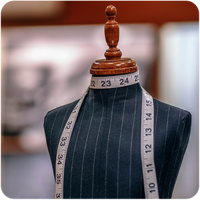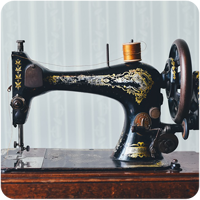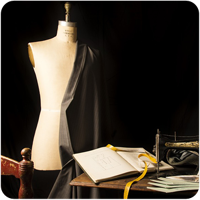Het arrangement 16.4 Creating fashion - tto123 is gemaakt met Wikiwijs van Kennisnet. Wikiwijs is hét onderwijsplatform waar je leermiddelen zoekt, maakt en deelt.
- Auteur
- Laatst gewijzigd
- 11-05-2025 18:15:38
- Licentie
-
Dit lesmateriaal is gepubliceerd onder de Creative Commons Naamsvermelding-GelijkDelen 4.0 Internationale licentie. Dit houdt in dat je onder de voorwaarde van naamsvermelding en publicatie onder dezelfde licentie vrij bent om:
- het werk te delen - te kopiëren, te verspreiden en door te geven via elk medium of bestandsformaat
- het werk te bewerken - te remixen, te veranderen en afgeleide werken te maken
- voor alle doeleinden, inclusief commerciële doeleinden.
Meer informatie over de CC Naamsvermelding-GelijkDelen 4.0 Internationale licentie.
Aanvullende informatie over dit lesmateriaal
Van dit lesmateriaal is de volgende aanvullende informatie beschikbaar:
- Toelichting
- Deze les valt onder de arrangeerbare leerlijn van de Stercollectie voor Engels voor tweetalig onderwijs, leerjaar 1,2 en 3. Dit is thema 16 'Shopping and fashion'. Het onderwerp van deze les is: Creating fashion. In deze les staat het zelf kleding maken centraal. Daarbij wordt een televisieprogramma besproken genaamd The Great British Sewing Bee. De grammaticaopdracht is een toets waarbij alle grammatica van thema 16 wordt getoetst (past perfect, past perfect continuous en verbindingswoorden)
- Leerniveau
- VWO 2; HAVO 1; VWO 1; HAVO 3; VWO 3; HAVO 2;
- Leerinhoud en doelen
- Engels;
- Eindgebruiker
- leerling/student
- Moeilijkheidsgraad
- gemiddeld
- Studiebelasting
- 1 uur 40 minuten
- Trefwoorden
- arrangeerbaar, creating fashion, engels, grammaticaopdracht, home sewing, stercollectie, tto123, zelf kleding maken
Gebruikte Wikiwijs Arrangementen
VO-content Engels. (2020).
1.2 Preferences - tto123
VO-content Engels. (2024).
16.4 Creating fashion - hv12
https://maken.wikiwijs.nl/146699/16_4_Creating_fashion___hv12

 The subject of this period is home sewing.
The subject of this period is home sewing.




 Study the vocabulary. (10 minutes)
Study the vocabulary. (10 minutes)




 What have you learnt in this period?
What have you learnt in this period?
